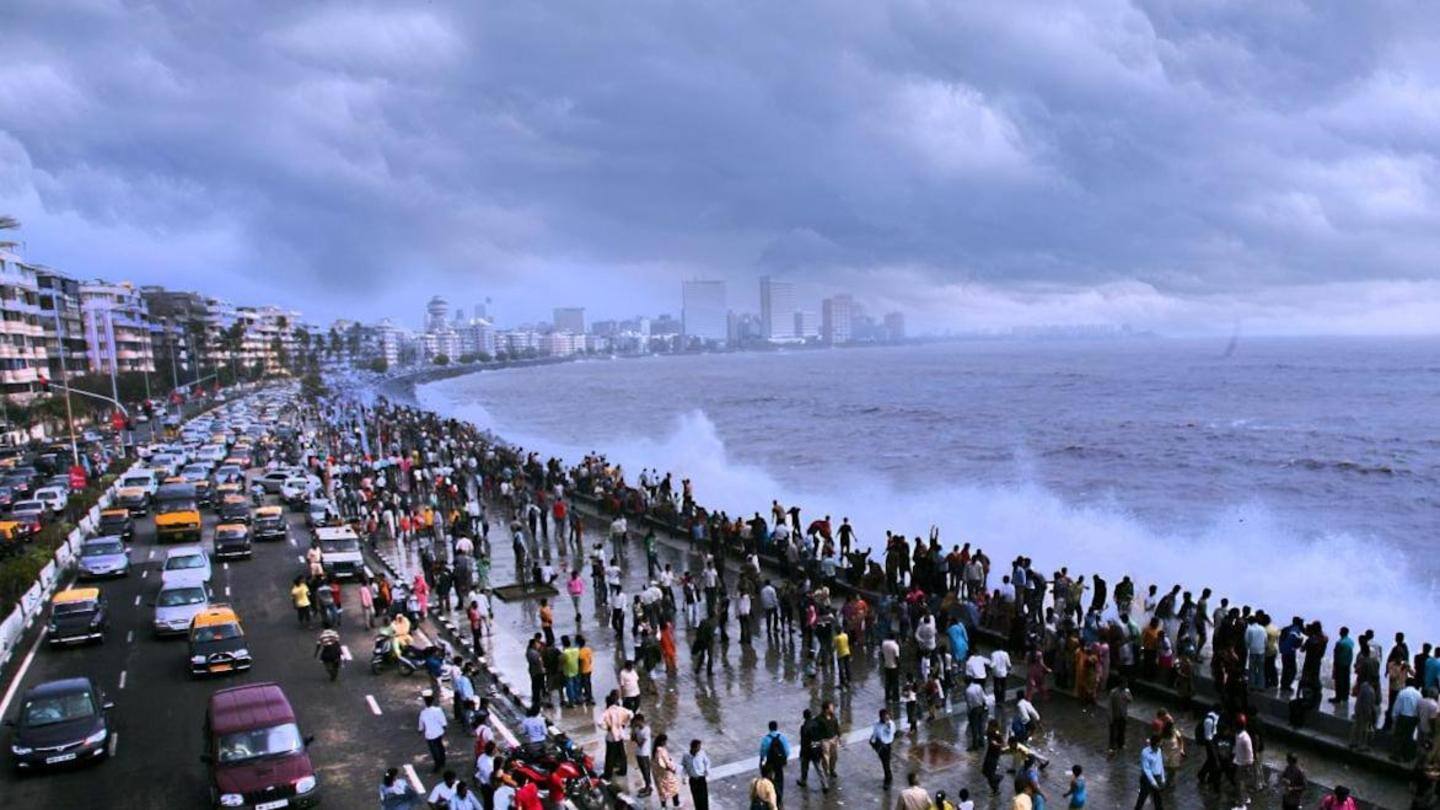
70% of south Mumbai might submerge by 2050: Civic chief
What's the story
Mumbai municipal commissioner Iqbal Singh Chahal has made a sinister prediction for the city, saying that by 2050, a major portion of south Mumbai, including the business district of Nariman Point and state secretariat Mantralaya, will go underwater due to rising sea level.
Chahal said about 70 percent of the city's A, B, C, and D wards in south Mumbai will be under water.
Situation
Situation will turn dangerous if people don't wake up: Chahal
Speaking at the launch of the Mumbai Climate Action Plan, its website at the hands of Maharashtra Environment and Tourism Minister Aaditya Thackeray on Friday, he said that nature has been giving warnings, but if people don't "wake up" then the situation would turn "dangerous."
"80% of areas like Cuffe Parade, Nariman Point, and Mantralaya will be underwater, means going to disappear," Chahal said.
Warning
Next generation and the current generation will suffer: Chahal
The civic chief also said that it is a matter of just 25-30 years as 2050 is not too far.
"We are getting warnings from nature and if we do not wake up, it will be a dangerous situation for the next 25 years. And it will not only be the next generation but the current generation will also suffer," Chahal warned.
Information
'Mumbai is first South Asian city preparing climate action plan'
He said that Mumbai is the first South Asian city that is working on its climate action plan. "Earlier, we used to hear about climate change events like melting glaciers, but not directly affecting us. But now it has come to our doorstep," he added.
Cyclones
Mumbai has seen three cyclones in 15 months: Chahal
Chahal said that last year for the first time in 129 years, a cyclone (Nisarga) hit Mumbai, and thereafter in the last 15 months, there have been three cyclones. After that, on August 5, 2020, about 5 to 5.5 feet of water was accumulated at Nariman point.
"There was no cyclone warning that day, but considering the parameters, it was a cyclone," Chahal said.
Weather
City has witnessed extreme weather conditions recently: Chahal
Highlighting that the city has witnessed some extreme weather conditions recently, he said that the city faced Tauktae cyclone and witnessed 214 mm rain on May 17, though monsoon arrives here on June 6 or 7.
Before June 9, Mumbai recorded 84% of the June rainfall and in July, 70% of the month's average rainfall was received in just four days, he said.
Quote
Frequency of extreme weather events is increasing in Mumbai: Rangwala
"The four-year period between 2017 and 2020 has seen a steady increase in the extremely heavy rainfall events. This indicates that the frequency of such extreme weather events is increasing for the city," said Lubaina Rangwala, Associate Director, WRI India Ross Center for Sustainable Cities.